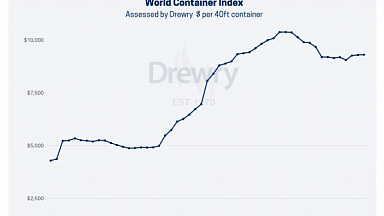China is reportedly set to start construction on a new railway line, which will link Xinjiang and Tibet.
According to a new railway plan revealed by the Tibet Autonomous Region (TAR) government, the rail line will operate near the line of actual control (LAC) and through the disputed Aksai Chin region.
Tibet’s ‘medium to long-term railway plan’ will help expand the TAR rail network to 4,000km by 2025 from the current 1,400km.
The project will cover new routes that will continue up to China’s borders with India and Nepal.
Designed to start in Shigatse, Tibet, the proposed rail line will run north-west along the Nepal border before piercing north via Aksai Chin and ending at Hotan, Xinjiang.
The planned route will travel through Rutog and around Pangong Lake on the Chinese side of the LAC.
The first section from Shigatse to Pakhuktso is anticipated to be completed by 2025, while the remaining line section concluding at Hotan is expected to be completed by 2035.
A state media report citing the plan revealed by the TAR Development and Reform Commission stated: «By 2025, the construction of several railway projects, including the Ya’an-Nyingchi section of the Sichuan-Tibet Railway, the Shigatse-Pakhuktso section of the Xinjiang-Tibet Railway, and the Bomi-Ra’uk section of the Yunnan-Tibet Railway will all see major progress.
«Improvements to the regional railway network will be of great significance in promoting socioeconomic development and safeguarding national security.»
Tibet currently operates three rail lines, including the Qinghai-Tibet link, the Lhasa-Shigatse rail and the Lhasa-Nyingchi line.





